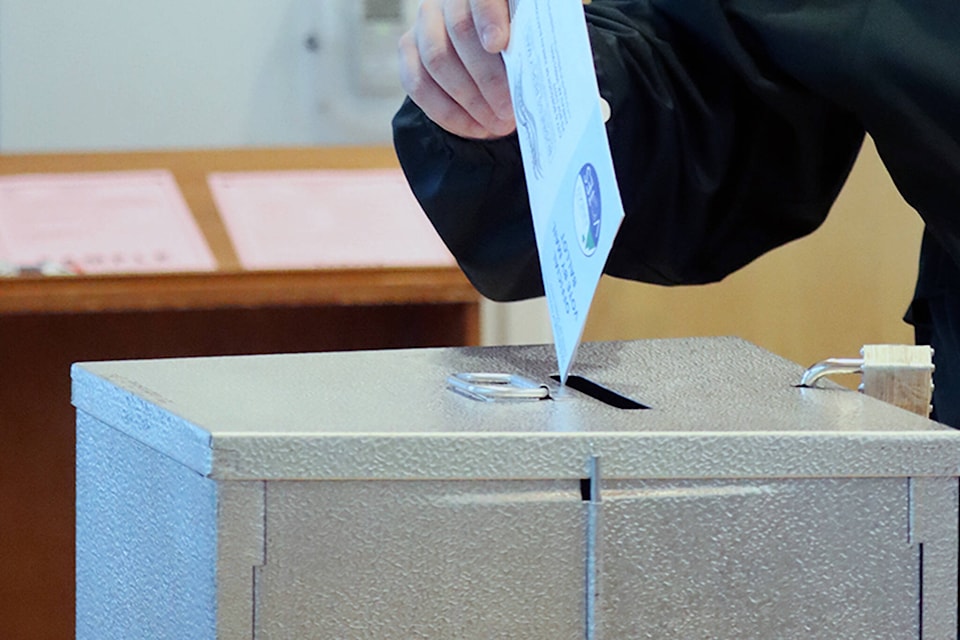Rural and northern B.C. risks losing representation in the provincial legislature if the number of ridings in those areas is reduced, says the B.C. Liberal MLA for the Nechako - Lakes riding which runs from Houston to Vanderhoof and up to Fort St. James.
“Stikine would be merged with my riding and North Coast with Skeena,” said John Rustad of what could happen as a result of a three-member provincial electoral boundary commission now looking at the number of ridings within the province.
The challenge is that the population of southern B.C. is increasing rapidly while that of northern and rural areas is not, meaning there is a growing gap between the number of people living in southern ridings compared to the number of people living in a riding elsewhere.
There is provincial legislation that says riding populations can vary either 25 per cent above or below a provincial riding average but even at that, northern ridings are far beyond that variance.
An electoral boundary commission is struck after every two elections but this time, there’s a crucial difference in how a commission examines the issue of riding populations, says Rustad.
Previously, legislation allow variances beyond the 25 per cent deviation “under very special circumstances” and further, there could be no reduction in the 17 seats within rural and northern areas of the province.
“That’s gone now,” said Rustad of legislative changes enacted by the NDP government last year of protecting the number of seats in rural and northern areas.
As it is, the electoral commission can recommend adding six seats to the existing 87 in the provincial legislature and if so, more than likely those would be in southern urban areas.
Although the three-member electoral commission which toured the northwest last week can now consider unique circumstances relating to geography and demographics, Rustad is worried that the latitude given the commission could affect the existing number of northern and rural ridings.
“In my riding I have six [municipal] councils, regional districts, 13 First Nations and two school districts. That’s a lot of competing interests to represent as it is,” he said of the possibility of having the riding combined with another one.
Rustad recounts conversations with BC Liberal MLAs who told him they can walk across their ridings in half an hour.
“But up here, to see your MLA, it could be the equivalent of driving from Point Grey [in Vancouver] to Kelowna,” he said.
That’s why, Rustad continued, it’s important for northern and rural residents to impress upon the commission that for effective and continuing representation, existing boundaries in northern and rural areas should not change.
“It’s about our democracy and our future …. to have an effective voice in government,” he said.
Rustad said it was unfortunate the commission’s sessions in the north took place during the daytime in that those working who wanted to make a presentation may not have been able to attend.
But the commission is taking written submissions up until May 31 after which it will file a preliminary report.
More information is available at https://bcebc.ca/.
